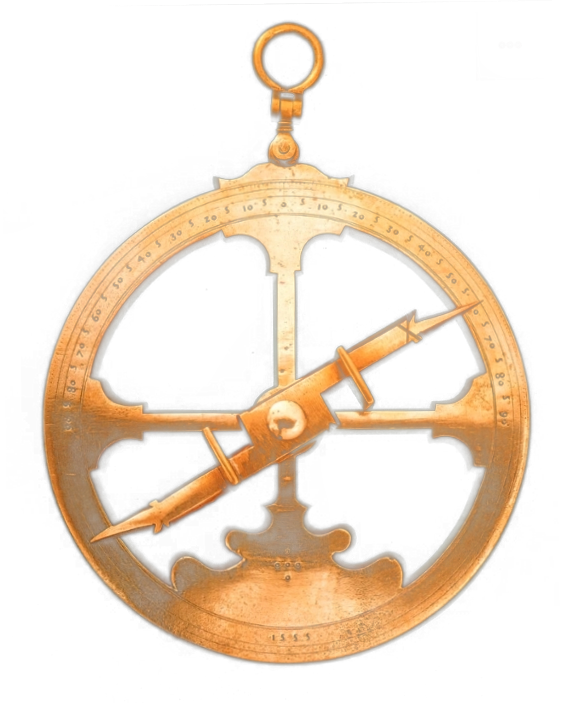Friday Meetings 2025/26
October 10th, 2025 Ricarda Beckmann, Royal Observatory Edinburgh Black hole spin
Astrophysical black holes are described by two properties: their mass and their spin. While the mass evolution of black holes in the context of their host galaxies has been the subject of many studies, comparatively little is understood about the spin of massive black holes. Much like the mass, the spin of black holes evolves over time, but unlike mass, which can only increase, spin can increase, decrease and reorient. This makes its evolution a much more complicated problem. In this talk I will discuss why black hole spin is central to understanding the evolution of massive black holes, and the galaxies that host them.
October 24th, 2025. Mark Booth, STFC, ROE – The Solar System Beyond Neptune
Neptune is the furthest planet from the Sun, but the Solar System does not end there. Beyond Neptune lies Pluto. Discovered ninety years ago and long thought to be alone. Now we know of thousands of comet-like objects surrounding the Solar System in what is called the Kuiper belt. These cold, dark and icy objects inform us of the history of the Solar System through their distribution and composition. Similar belts also encircle other stars and provide us with a way to infer the locations of unseen planets orbiting those stars. Near or far, these Kuiper belts can often tell us more about planetary systems than the planets themselves.
November 14th, 2025. TBC – Possibly star formation in different galactic regions
November 28th, 2025. Danny Horta Darrington, Royal Observatory Edinburgh – Galaxy Formation (details to follow)
December 12th, 2025. Christmas Quiz and Social Evening
January 9th, 2026. Members’ evening. Member discuss and share their favourite subjects.
January 23rd, 2026. Scott Acton, STFC, ROE – Reflections on the Webb Telescope and Cycling the World
The James Webb Space Telescope (JWST) is a segmented deployable telescope, currently operating ~1 million miles from Earth, at the second Lagrangian point. Since the first observations were released in the summer of 2022, Webb has continued to produce visually stunning images. The analysis of these images is changing humanity’s understanding of the Universe; rewriting textbooks. Since Webb is a deployable segmented telescope, it had to be aligned after launch, via a “Wavefront Sensing and Controls” (WFSC) process heavily rooted in Image Analysis. Starting with positioning uncertainties on the order of a few millimetres, the alignment process correctly positioned Webb’s optics to within a handful of nanometres.
Scott will present an overview of the Webb Telescope and its imagery obtained during the past few years and discuss the analysis techniques that enabled it to be aligned after launch. He will also share some of his adventures encountered while cycling around the world to promote the telescope.
February 13th, 2026. Hong-Gang Yang, Edinburgh University – Galaxy Assembly Bias and Its Role in Cosmology
Over the past few decades, our picture of the Universe has converged on the so-called ΛCDM model—where Λ represents a constant dark energy and CDM stands for cold dark matter. This model has been remarkably successful in explaining a wide range of observations, from the cosmic microwave background (CMB) to the large-scale distribution of galaxies. Yet, important puzzles remain. For example, the value of the Hubble constant inferred from the CMB does not agree with the one measured from nearby galaxies, and recent results from the DESI Collaboration even suggest that dark energy may not be constant but evolving over time. These tensions remind us that our current model, while powerful, is not the final word on cosmology.
February 27th, 2026. Ryan MacDonald, St Andrews – Exoplanets and the Search for Alien Life
Astronomers have now discovered over 6,000 planets orbiting other stars. Ranging from inferno gas giants with sapphire clouds to temperate rocky planets in the habitable zone, our galaxy is teeming with a diverse collection of strange and exotic worlds. With the James Webb Space Telescope, it is now possible, for the first time, to search for air on rocky planets around other stars and even, potentially, to find signs of life.
March 13th, 2026. Graham Young, DAS – The Life and Times of Thomas Henderson
Thomas Henderson was born in Dundee, and went on to become Scotland’s first Astronomer Royal, with a number of interesting scientific achievements along the way.
March 20th, 2026 AGM

